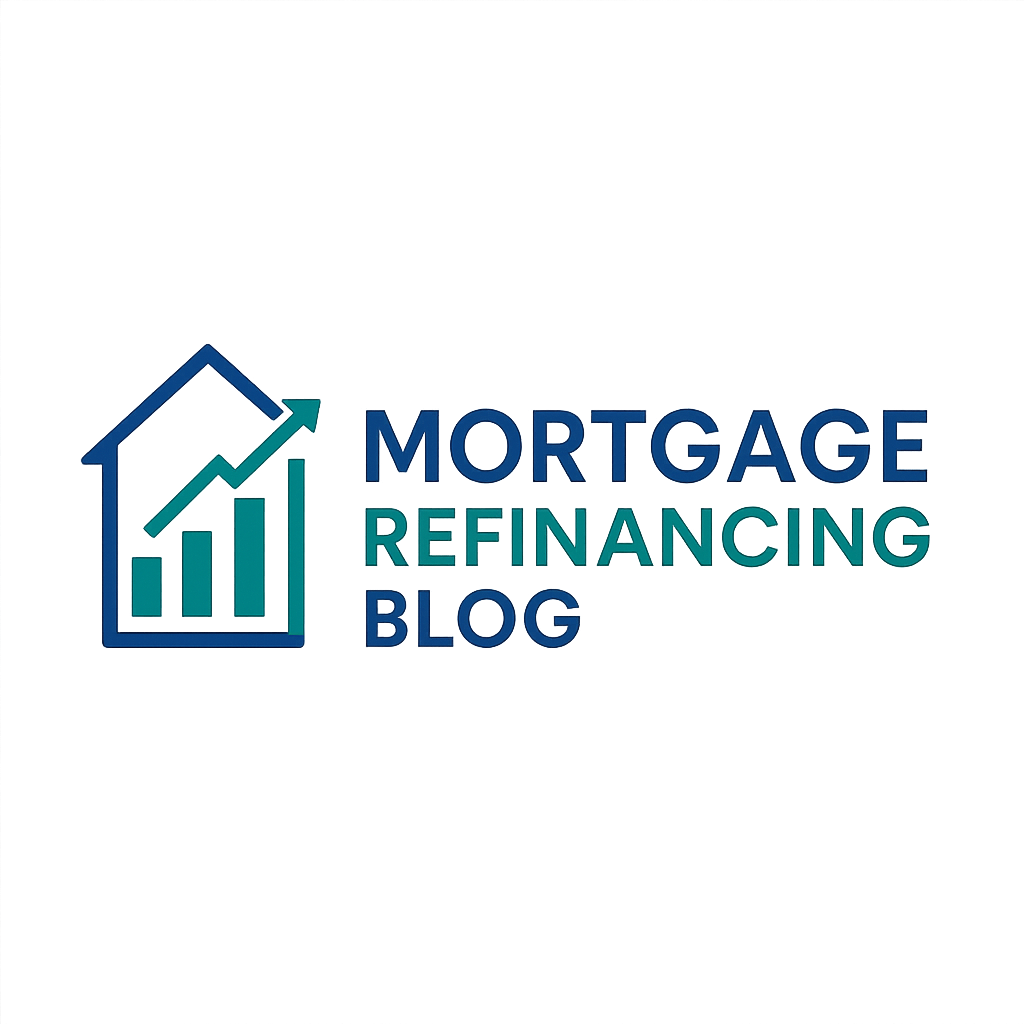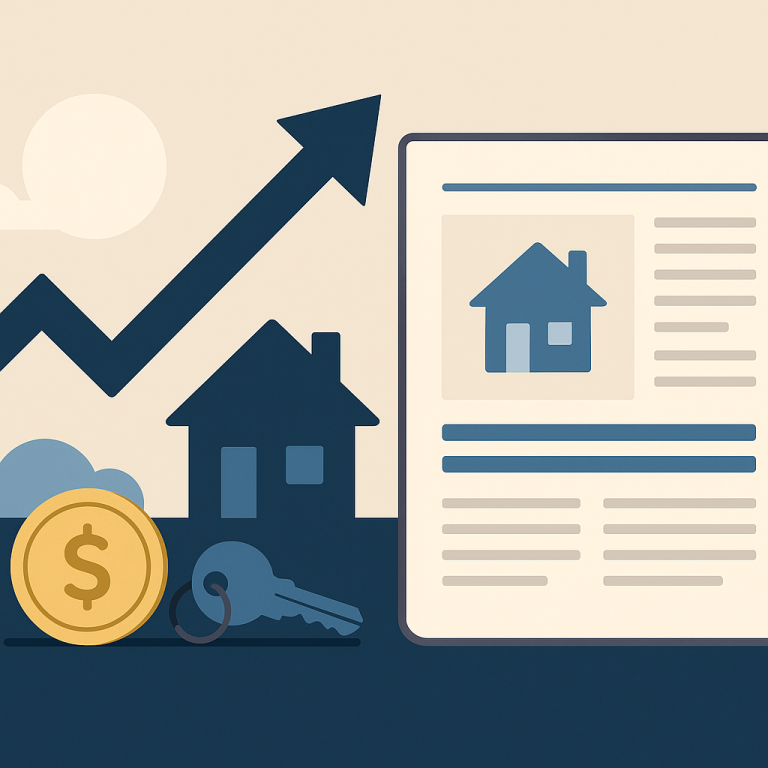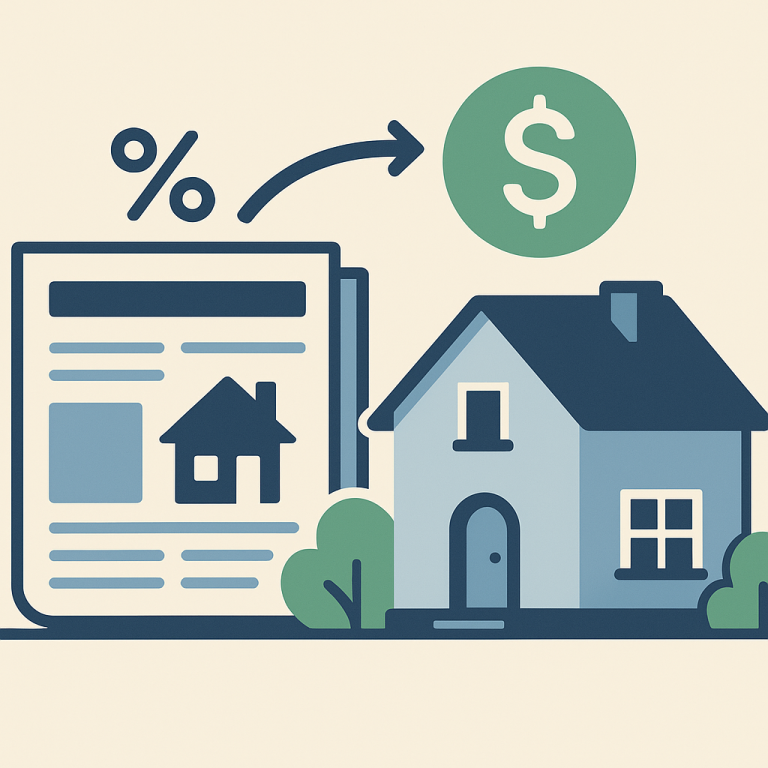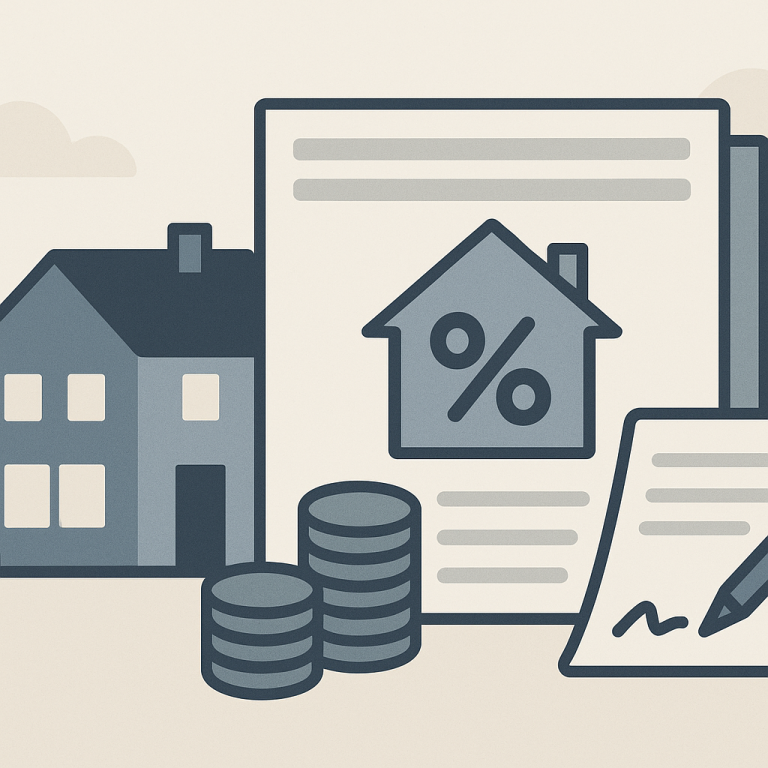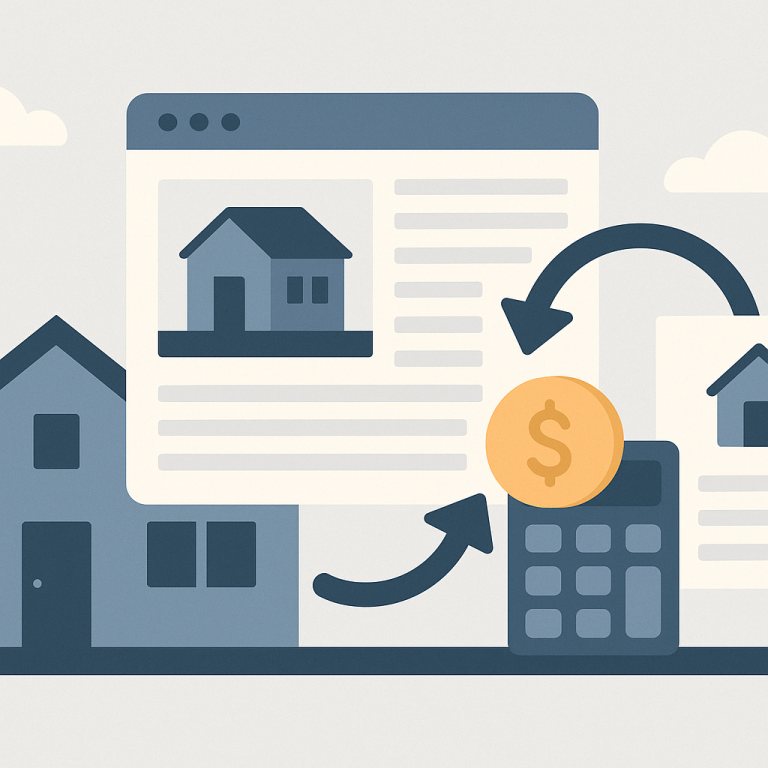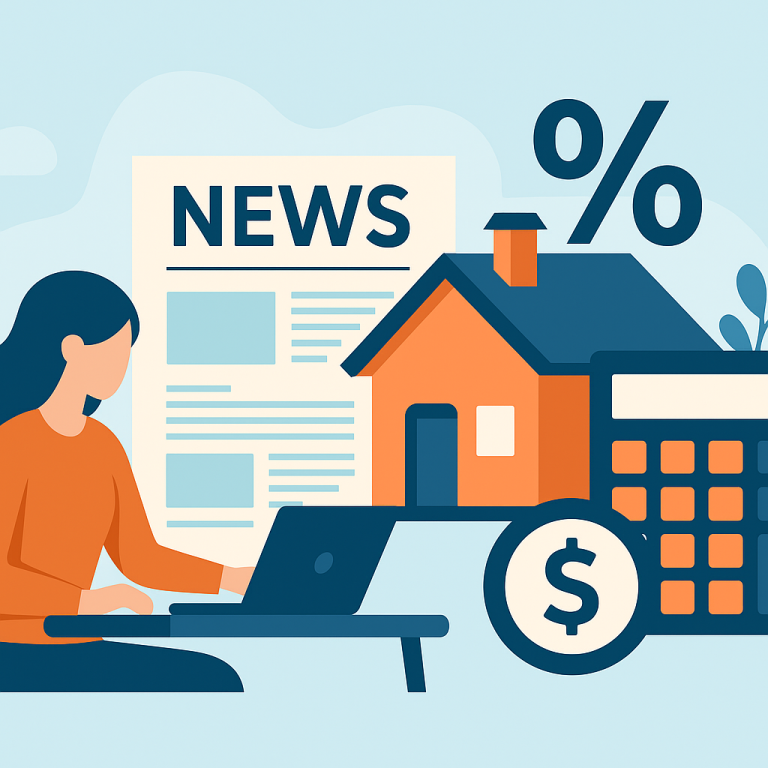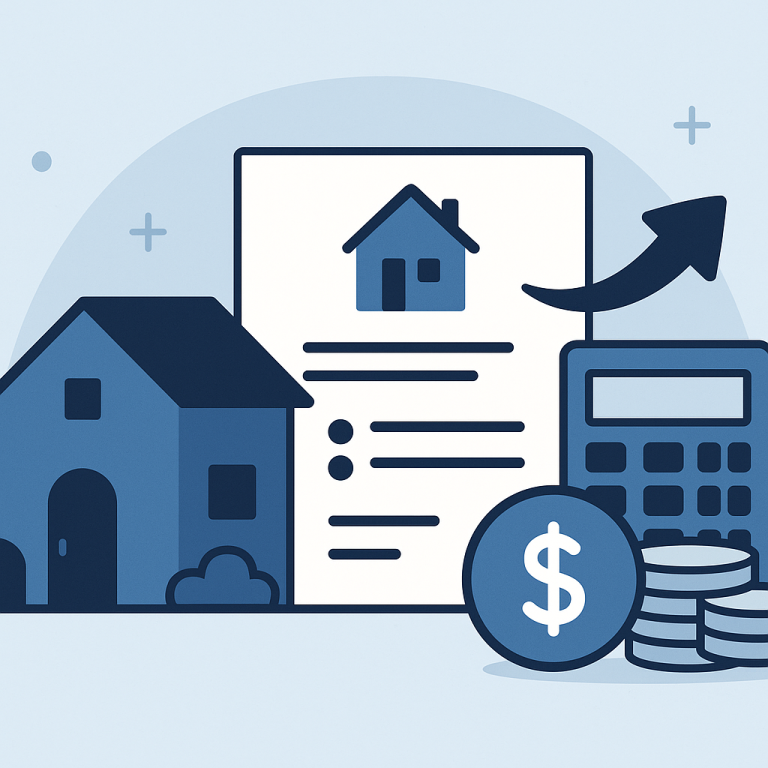Refinance guide escrow accounts and reserves when you refinance
Escrow accounts and reserves when you refinance: what homeowners need to know
When you refinance a mortgage, lenders pay close attention not only to your credit and the property’s value but also to how property taxes and insurance are handled—and whether you have sufficient cash reserves. Escrow accounts and lender-required reserves affect how much cash you must bring to closing, whether recurring payments are automatic, and how risky lenders view your refinance application. This article explains what escrow accounts and reserves are, when they matter in a refinance, the benefits and drawbacks, costs you should expect, a step-by-step process, common pitfalls, and quick FAQs.
What escrow accounts and reserves are — and when they make sense
Escrow accounts
An escrow account (sometimes called an impound account) is a lender-managed account that collects a portion of your monthly mortgage payment to pay property taxes, homeowners insurance, and sometimes mortgage insurance. Instead of saving and paying those bills yourself, the lender holds the funds and pays bills when due.
Most lenders require escrow accounts on refinances, especially if your down payment or equity is limited or if the loan program (FHA, VA, conventional) mandates it. Escrow makes sense if you prefer predictable monthly costs and want to avoid large lump-sum tax or insurance payments.
Reserves
Reserves are liquid assets (cash, savings, investments) you must have after closing. Lenders measure reserves in months of mortgage payments (PITI: principal, interest, taxes, insurance). Reserve requirements vary by loan type, loan-to-value (LTV), credit score, and whether the refinance is cash-out. Reserves show the lender you can continue payments if income is interrupted.
Benefits and drawbacks
- Benefits of escrow: Predictable monthly budgeting; bills paid on time (reduces risk of tax liens or lapsed insurance); no need to track tax/insurance due dates.
- Drawbacks of escrow: You lose use of that money (low or no interest on escrow balances); possible over-collection and temporary shortages; initial deposits can increase closing cash needs.
- Benefits of showing reserves: Increases approval odds, may secure better loan terms; provides financial buffer after closing.
- Drawbacks of high reserve requirements: You may need to liquidate investments or save more cash to close, or you may be ineligible for the refinance if you can’t meet the requirement.
Costs and fees you should expect
When refinancing, watch for these escrow- and reserve-related costs:
- Initial escrow deposit: Lenders often require a deposit at closing to fund the escrow account. Under RESPA (the federal Real Estate Settlement Procedures Act), lenders can collect up to two months of cushion (up to 1/6 of the annual escrow payments) in addition to prorated amounts.
- Prorated taxes/insurance: If property taxes or insurance premiums are due between closing and the next billing cycle, you’ll likely prepay a portion into escrow.
- Escrow waiver fee (if applicable): Some lenders allow you to waive escrow but charge a fee or higher interest rate; not all programs permit waivers.
- Reserve “cash on hand”: If the lender requires several months’ reserves, that amount must be verified and available at closing; it’s not a fee but increases your required closing cash.
Be sure to review the Loan Estimate and Closing Disclosure closely—line items will show initial escrow charges and any required deposits.
Step-by-step: how escrow and reserves are handled in a refinance
- 1. Shop and apply: When you apply for a refinance, lenders will disclose whether an escrow account is required and how many months of reserves they expect. Ask this early so you can plan cash needs.
- 2. Loan Estimate: Within three days of application, lenders provide a Loan Estimate showing estimated initial escrow deposit and any escrow-related charges.
- 3. Documentation and verification: You’ll provide bank statements and asset documentation to prove reserves. The lender may request recent escrow statements from your current mortgage servicer to confirm balances and payment history.
- 4. Escrow account setup and calculations: The new lender calculates the escrow balance needed: prorated taxes/insurance plus the cushion. If you had an escrow account with your old lender, that balance is usually refunded to you after payoff or transferred to the new servicer, depending on timing.
- 5. Closing: You pay any required initial escrow deposit and ensure required reserves are verified in your accounts. Closing Disclosure will show exact amounts.
- 6. Post-closing escrow analysis: The lender will perform a 12-month escrow analysis annually. You’ll receive notifications of shortages or surpluses and any required changes to monthly escrow contributions.
Common pitfalls to avoid
- Underestimating cash needed at closing: People often miss the initial escrow deposit and reserve requirements when budgeting for closing costs. Ask the lender for exact amounts up front.
- Not verifying reserve rules for your loan type: Cash-out refinances, investment properties, and programs for lower-credit borrowers typically require higher reserves.
- Confusion over old escrow balances: Don’t assume your old escrow balance automatically transfers. Confirm whether you’ll receive a refund or it will be applied to the new account.
- Waiving escrow without checking consequences: If you can waive escrow, weigh the convenience against potential higher interest rates or fees, and ensure you’ll remember to pay taxes and insurance on time.
- Ignoring escrow analysis notices: If taxes or insurance increase, lenders may raise monthly escrow payments or require you to cure a shortage—address notices promptly.
Short FAQ
Q: How much will I need for escrow at closing?
A: It depends on your property tax and insurance cycles and the lender’s cushion requirement. Expect to prepay prorated taxes/insurance plus up to two months’ cushion. Your Loan Estimate will show an estimate; the Closing Disclosure shows the exact amount.
Q: Can I waive an escrow account on a refinance?
A: Some lenders allow escrow waivers, but many do not—especially for government loans or high-LTV refinances. Waivers may come with a fee or slightly higher interest rate. Carefully consider whether you want the responsibility of paying taxes and insurance directly.
Q: What are reserves and how many months do lenders require?
A: Reserves are liquid funds you must have after closing, measured in months of PITI. Requirements vary widely—common ranges are 2–12 months depending on loan type, equity, and whether it’s a cash-out refinance. Ask your lender for their specific reserve requirement early in the process.
Q: What happens to the escrow balance from my old mortgage?
A: After your old loan is paid off, the previous servicer typically refunds any remaining escrow balance to you within a set period. If timing allows, funds may be transferred to the new servicer. Confirm with both servicers to avoid surprises.
Understanding how escrow accounts and reserves work in a refinance lets you plan cash needs, select the right loan product, and avoid last-minute surprises. Always ask your lender for clear, written estimates of initial escrow deposits and reserve requirements before you commit.
META: escrow, reserves, refinance, homeowner guide, escrow deposit, reserve requirements, closing costs, escrow waiver
